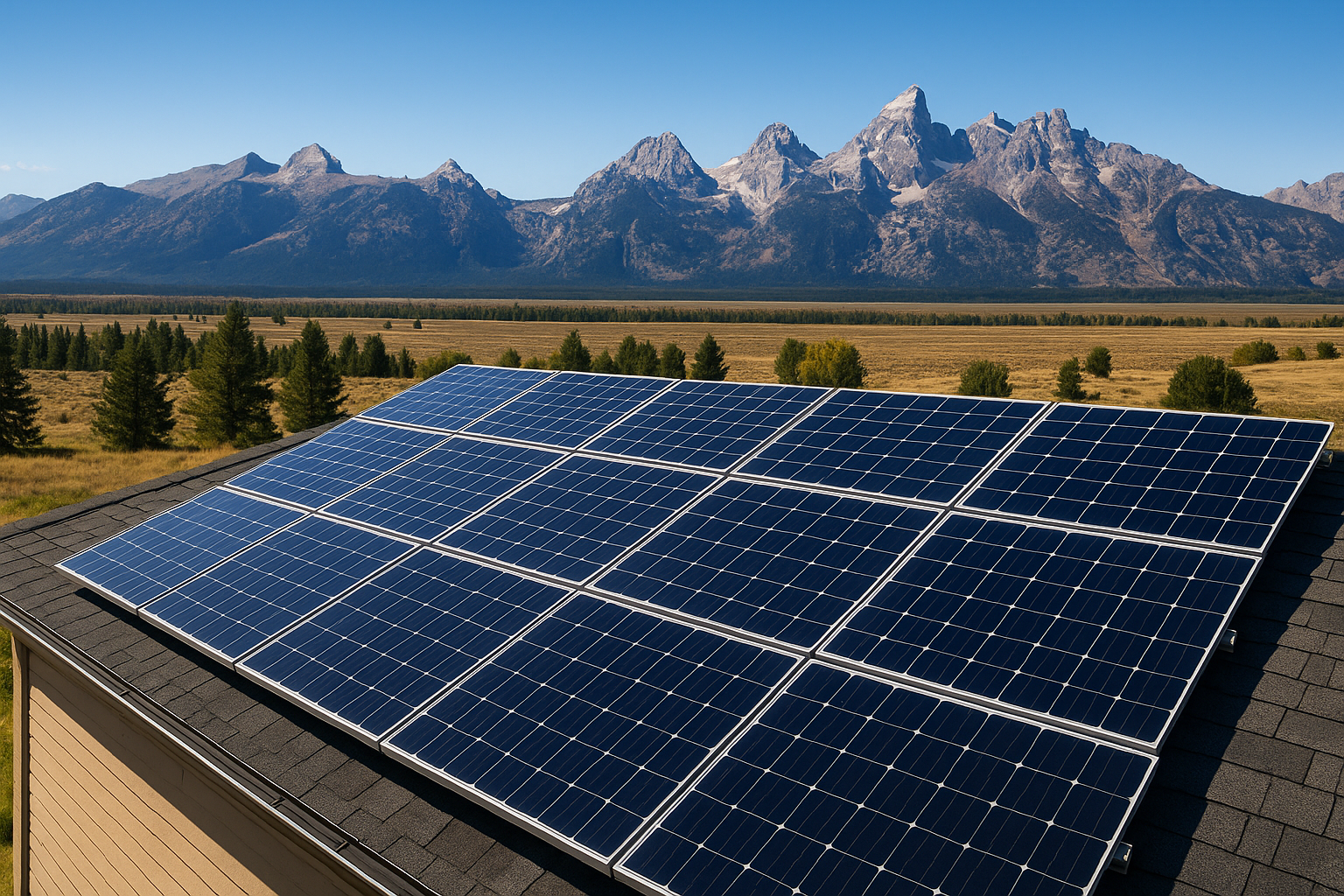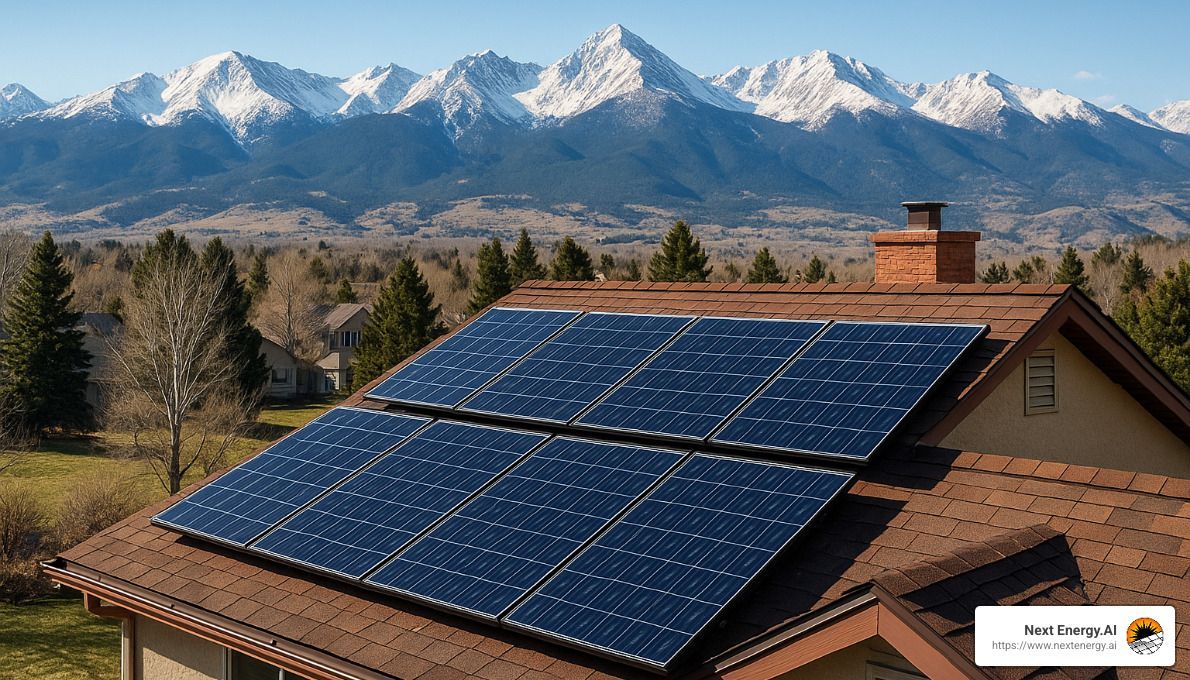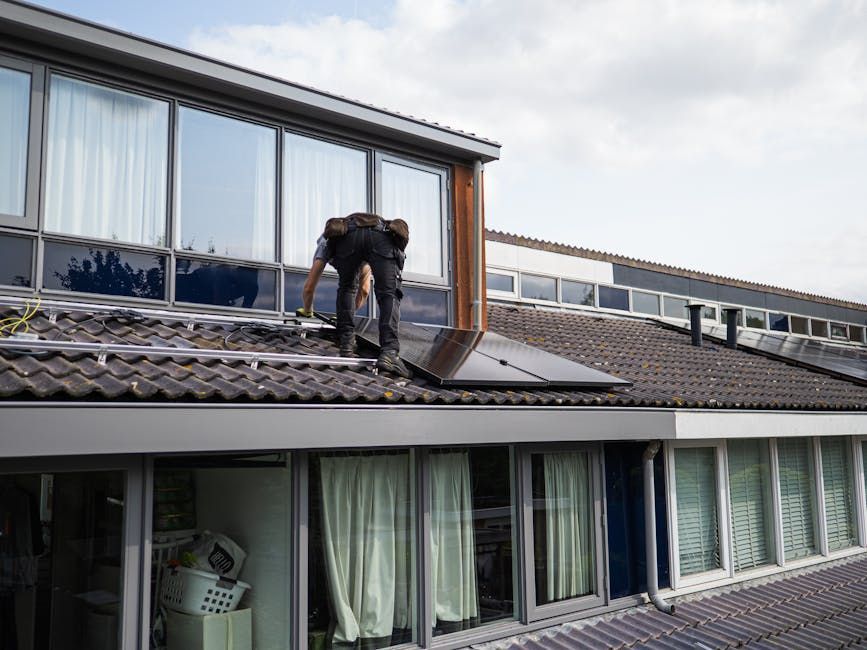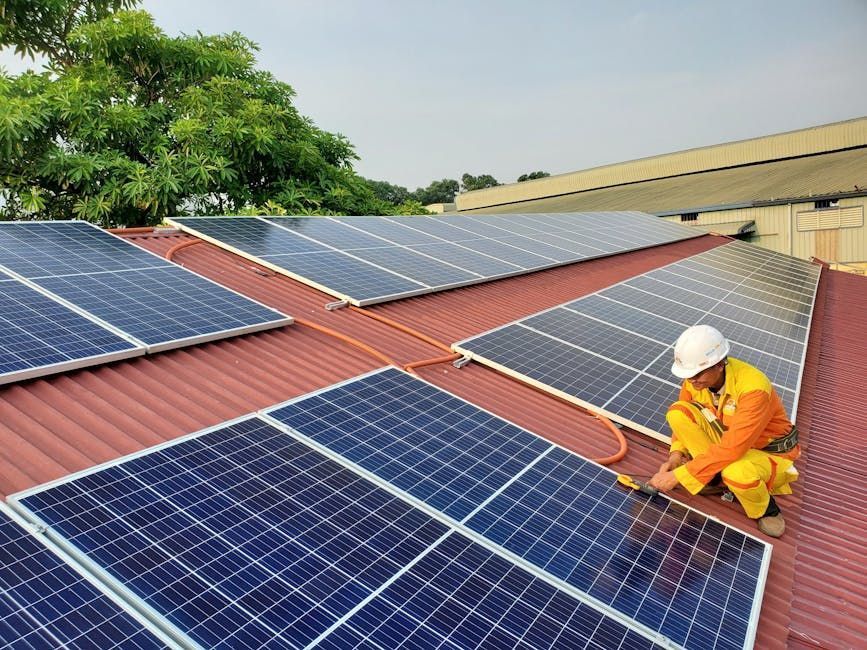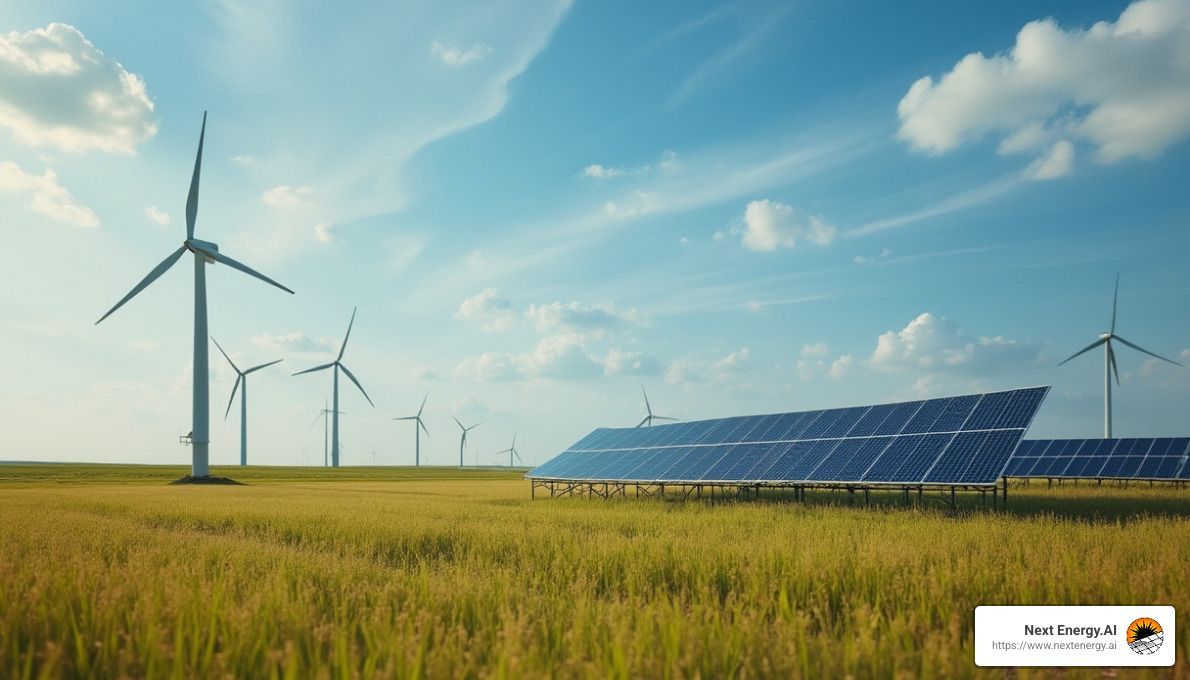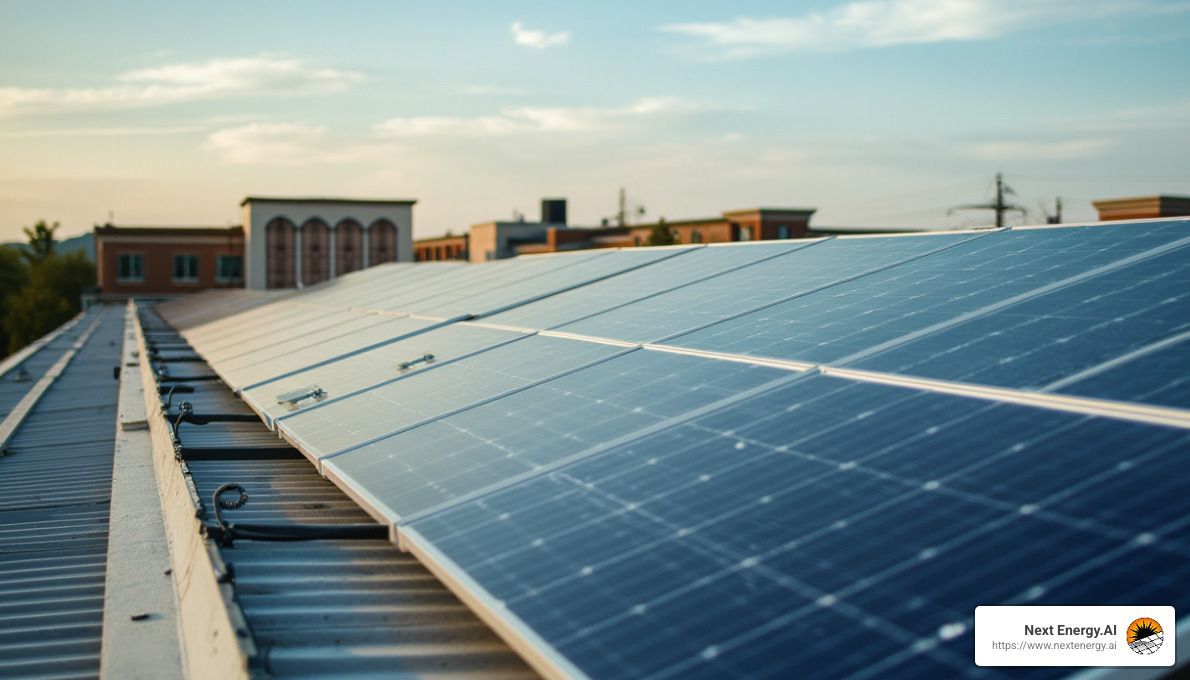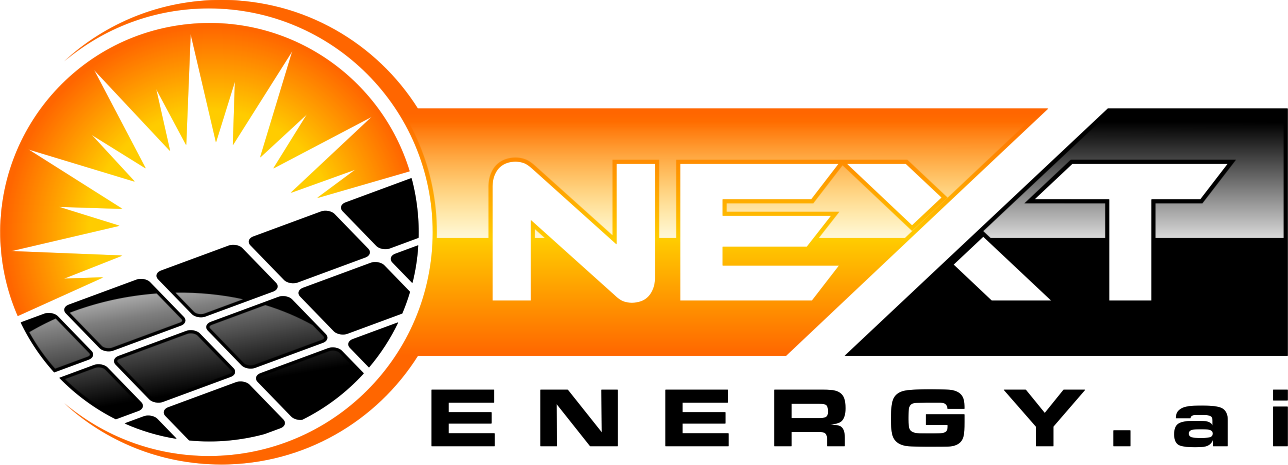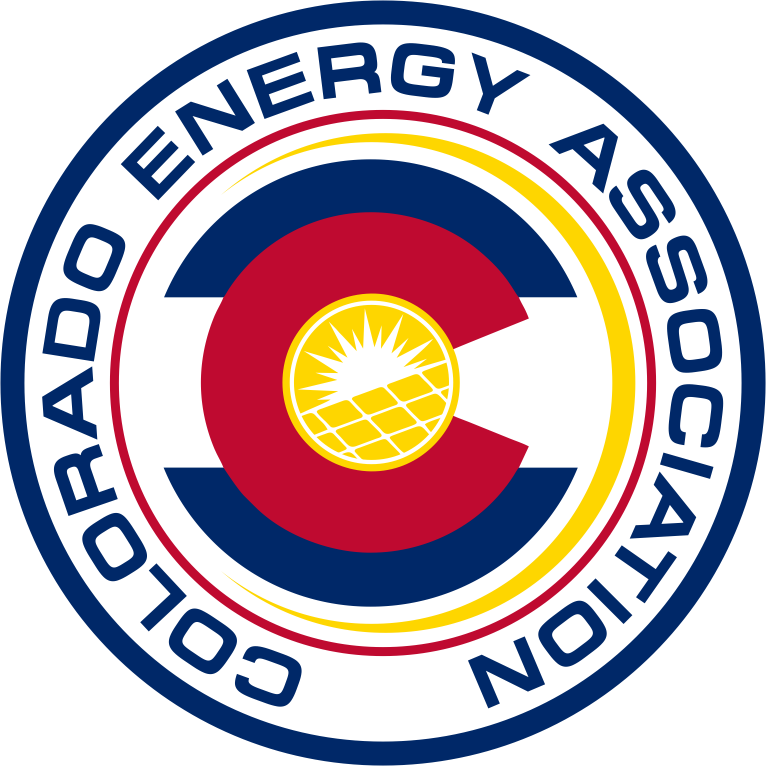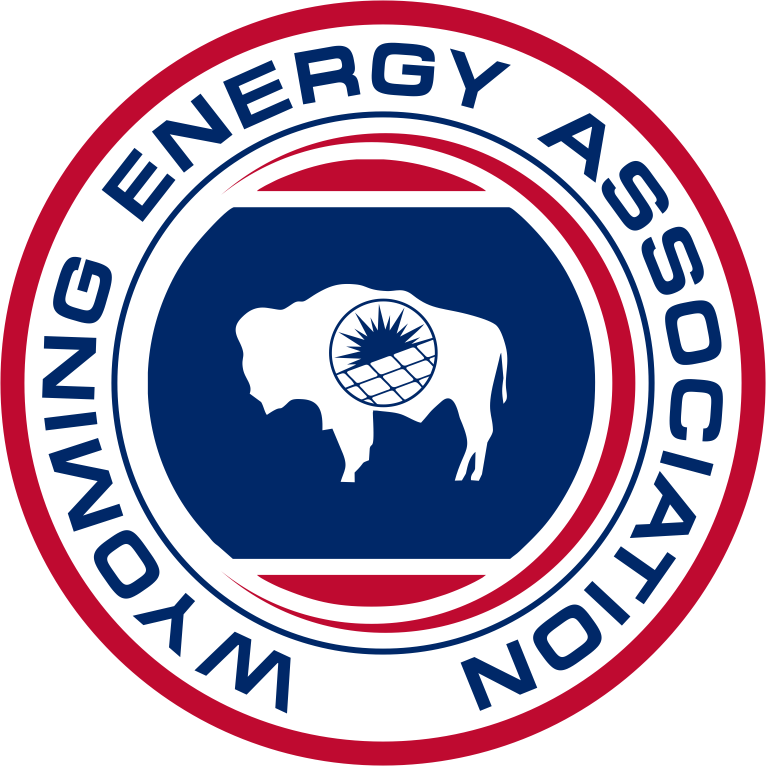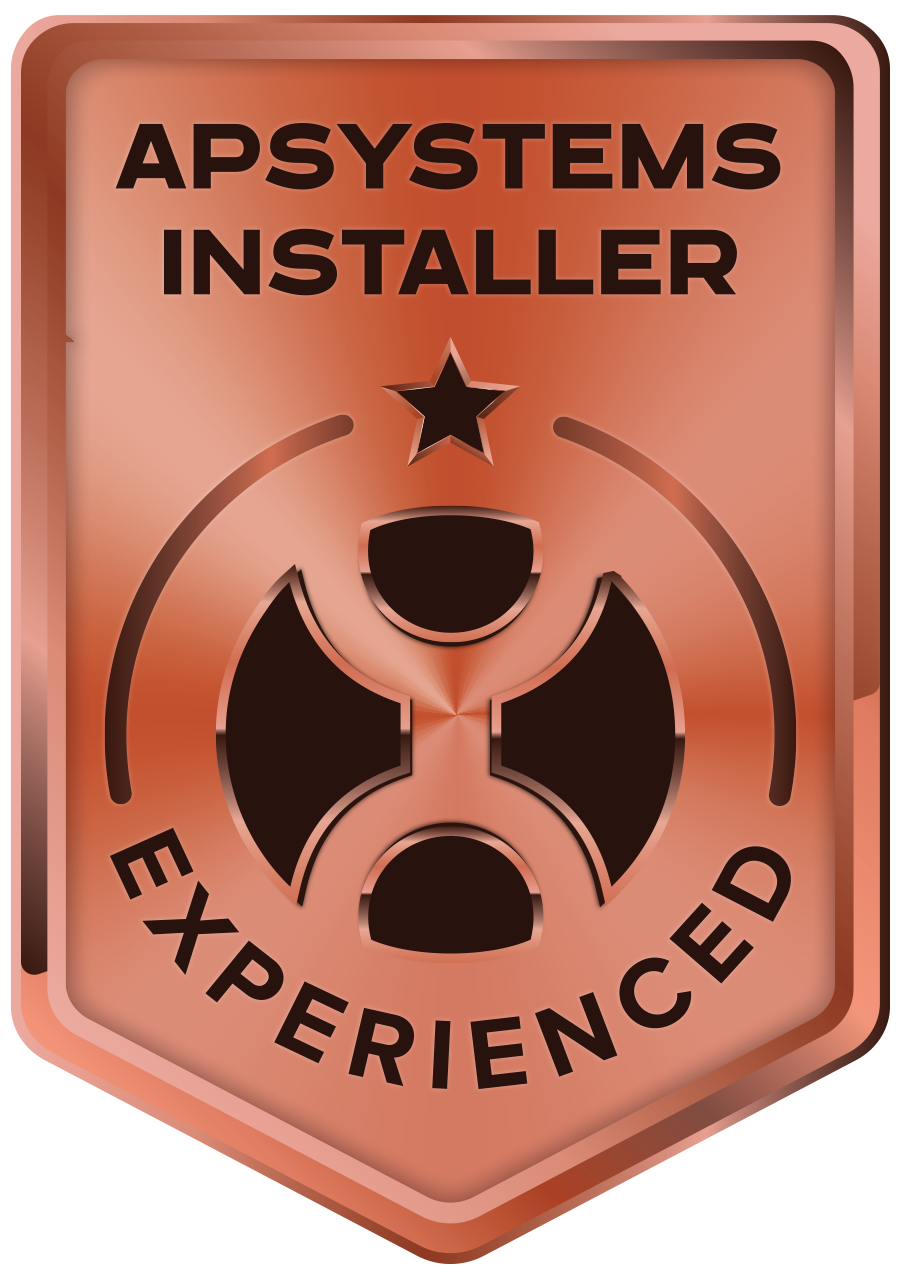Comparing Solar Panel Types: Which Is Best?
Comparing Solar Panel Types: Which Is Best?

Solar panels have become a cornerstone of renewable energy, offering sustainable and cost-effective solutions for homes and businesses. With so many solar panel types available, choosing the right one can feel overwhelming. Each type has its unique features, efficiency levels, and ideal applications.
Whether you're considering installing solar panels in Cheyenne, Wyoming, or another location, understanding the differences can help you make an informed decision that aligns with your energy goals and environmental needs.
Why Solar Panel Types Matter
The type of solar panel you choose directly affects your system's efficiency, longevity, and overall performance. Factors like your location, budget, and energy needs play a crucial role in selecting the best option. In places like Cheyenne, where weather conditions range from sunny days to snowy winters, choosing the right solar panel type can maximize energy production year-round.
Efficiency and Durability
Solar panel efficiency refers to how much sunlight is converted into electricity. Different types of panels perform better in various conditions. For example, high-efficiency panels may be ideal for smaller rooftops, while more durable panels can withstand the strong winds often experienced in Cheyenne.
Environmental Considerations
Cheyenne’s seasonal changes, including snowfall and high altitudes, require solar panels that can endure harsh weather. Knowing which type of panel fits these conditions ensures you get the most out of your investment.
Monocrystalline Solar Panels
Monocrystalline panels are among the most popular solar panel types due to their high efficiency and sleek appearance. These panels are made from a single crystal structure, allowing them to produce more electricity per square foot.
Benefits of Monocrystalline Panels
- High Efficiency: These panels offer the highest efficiency rates, making them ideal for homes with limited roof space.
- Longevity: Monocrystalline panels often come with warranties of 25 years or more, reflecting their durability.
- Aesthetic Appeal: Their uniform black color provides a modern, streamlined look.
Considerations for Cheyenne Residents
Monocrystalline panels are well-suited for Cheyenne’s climate, as their high efficiency ensures optimal performance even during shorter winter days. Additionally, their durability makes them resistant to damage from snow and wind.
Polycrystalline Solar Panels
Polycrystalline panels are a cost-effective alternative to monocrystalline options. These panels are made from multiple silicon crystals, which slightly reduces their efficiency but lowers their overall cost.
Benefits of Polycrystalline Panels
- Affordability: These panels are more budget-friendly, making them accessible for a wide range of homeowners.
- Good Performance: While not as efficient as monocrystalline panels, they still provide reliable energy output in sunny conditions.
Considerations for Cheyenne Residents
Polycrystalline panels may not perform as efficiently in low-light conditions, which could impact energy production during Cheyenne’s cloudy winter months. However, their affordability makes them a viable option for larger installations where budget constraints are a factor.
Thin-Film Solar Panels
Thin-film panels are lightweight and flexible, making them ideal for non-traditional installations. They are made from a variety of materials, such as cadmium telluride or amorphous silicon, and are typically less efficient than crystalline panels.
Benefits of Thin-Film Panels
- Flexibility: These panels can be installed on curved or irregular surfaces, such as RVs or commercial roofs.
- Cost-Effective for Large Projects: Their lower efficiency is offset by their affordability, particularly for large-scale installations.
Considerations for Cheyenne Residents
While thin-film panels are less efficient, they can be a good option for commercial properties in Cheyenne that have ample installation space. However, their performance in snowy or shaded areas may be limited compared to crystalline panels.
Comparing Solar Panel Types: Key Factors
When deciding between solar panel types, consider these key factors to find the best fit for your needs:
Efficiency and Space Requirements
If you have limited space, high-efficiency monocrystalline panels may be your best option. For larger properties with more space, polycrystalline or thin-film panels can provide a cost-effective solution.
Budget
Your budget will also play a significant role. While monocrystalline panels are more expensive upfront, their long-term energy production and durability often make them a worthwhile investment.
Weather Conditions in Cheyenne
Cheyenne’s weather, including frequent wind and snow, makes durability a critical factor. Monocrystalline panels are the most weather-resistant, while thin-film panels may require additional care in harsher climates.
The Importance of Professional Guidance
Selecting the right solar panel type is not a one-size-fits-all decision. Professional guidance can help you evaluate your property, energy needs, and budget to make the best choice. For residents in Cheyenne, partnering with a local expert ensures your solar installation is tailored to the unique environmental challenges of the area.
How Can Next Energy AI Help You
At Next Energy AI, we specialize in helping residents of Cheyenne, Wyoming, and surrounding areas choose and install the best solar panels for their needs. Our team of experts understands the unique weather challenges in Cheyenne and can recommend the most suitable solar panel types to ensure optimal performance year-round.
Visit us at
2401 South Greeley Highway, Cheyenne, Wyoming 82001, or
call us at
(307) 400-6398 to schedule a consultation today. Let Next Energy AI guide you in making the right choice for your solar investment, ensuring you enjoy clean, renewable energy for years to come.



